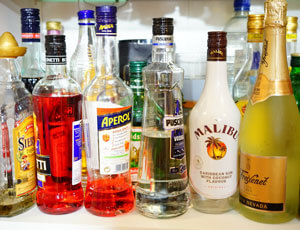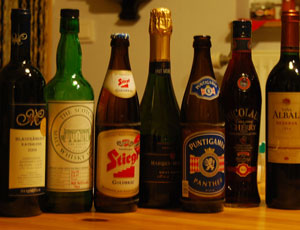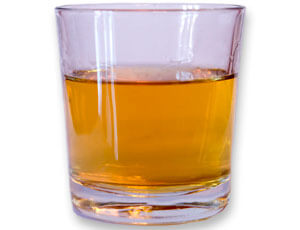- Over-the-Counter Drugs
- Prescription Drugs
What is alcohol?
Easy to get and easy to misuse, alcohol is the drug of choice for teens. Research consistently shows people tend to drink the heaviest in their late teens and early to mid-twenties. By age 15, 50 percent of teens have had at least one drink. By age 18, the number climbs to 70 percent. Underage drinking is a widespread public health problem.
How is alcohol misused?
Teens typically engage in binge and heavy drinking. In 2012, 30.4 percent of men 12 and older and 16 percent of women reported binge drinking (five or more drinks on the same occasion) within the past month; and 9.9 percent of men and 3.4 percent of women reported heavy alcohol use (binge drinking on at least five separate days) within the past month.
Teens tend to misuse alcohol with other drugs/substances. A recent study shows teens who drink are 7.5 times more likely to use other illegal drugs and 50 times more likely to use cocaine than adolescents who never drink. One survey found 32 percent of heavy drinkers over 12 were also illegal drug users.
Some teens will consume other substances that contain alcohol, such as hand sanitizer, to get drunk.
Consequences of Underage Drinking
Youth who drink alcohol are more likely to experience
- School problems, including but not limited to higher absences and poor or failing grades
- Social problems, such as fighting and lack of participation in youth activities
- Legal problems, including car accidents, speeding tickets, arrests for driving under the influence or physically assaulting someone while drunk
- Physical problems, such as hangovers or other illnesses
- Unwanted, unplanned, and unprotected sexual activity sometimes leading to pregnancy or sexually transmitted diseases
- Disruption of normal growth and sexual development
- Physical and sexual assault
- Higher risk for suicide and homicide
- Alcohol-related car crashes and other unintentional injuries, such as burns, falls and drowning
- Memory problems
- Misuse of other drugs—both prescription and street types
- Changes in brain development that may have life-long effects
- Death from alcohol poisoning
- Suicide and violence, such as fighting and sexual assault
- Changes in brain development
In general, the risk of youth experiencing these problems is greater for those who binge drink than those who do not binge drink.
According to the CDC, early initiation of drinking is associated with the development of an alcohol use disorder later in life.
How does alcohol affect a person?
Alcohol is a depressant, slowing down the brain and body. It interferes with the brain’s communication pathways, affecting mood, behavior and coordination. Signs of intoxication include relaxation, lowered inhibitions, slurred speech, drowsiness, vomiting, diarrhea, headaches, breathing difficulties, distorted vision/hearing, impaired judgment, decreased perception/coordination, unconsciousness, anemia and blackouts.
What are the health effects/risks of using alcohol?
Drinking too much, too fast, slows heart rate, blood pressure and breathing to dangerous levels. This can lead to a loss of consciousness and alcohol poisoning. Symptoms of alcohol poisoning include loss of consciousness, slow respiration, cold, clammy, pale, or bluish skin and a strong odor of alcohol both on the breath and through the skin.
Lowered inhibitions caused by drinking can lead to risky behavior including drinking and driving, sexual activity or violence. Users are more likely to carry out or be the victim of a physical or sexual assault. 5,000 people under age 21 die each year from alcohol-related car crashes, homicides, suicides, alcohol poisoning and other injuries.
Drinking a considerable amount over a long time or too much on a single occasion can damage the heart, liver and pancreas. In addition, the risk of certain cancers increases. Frequent or binge drinking can also weaken the user’s immune system, making the body a much easier target for disease and infections.







